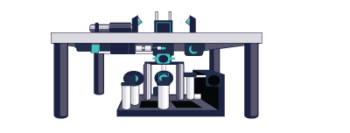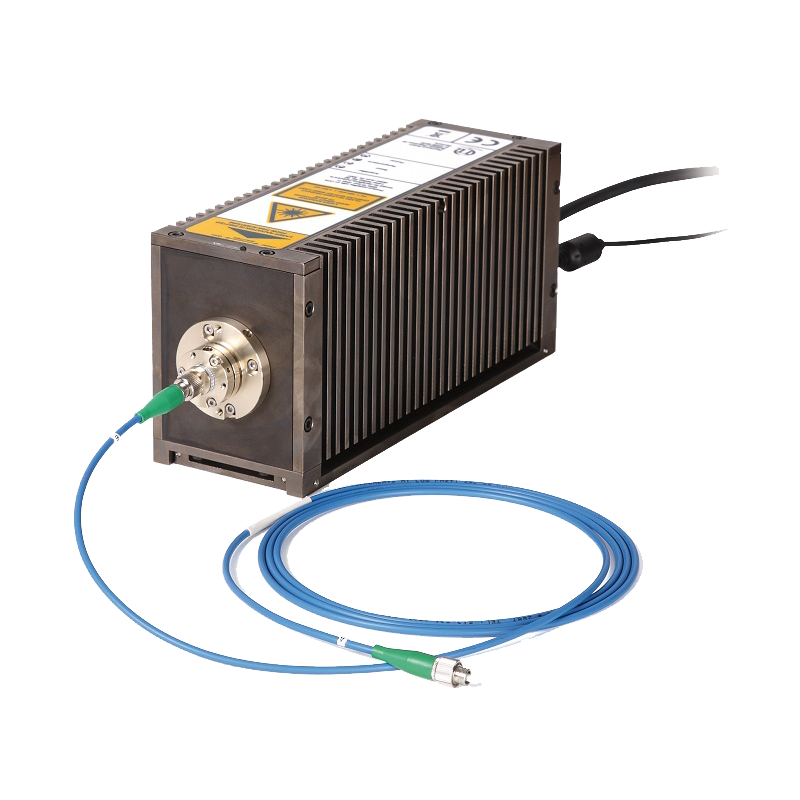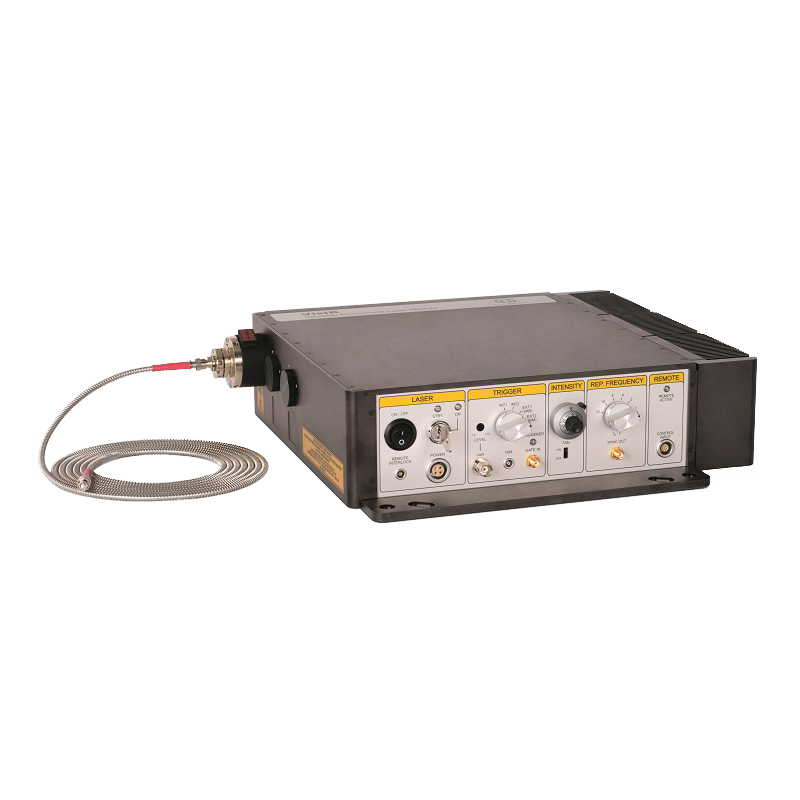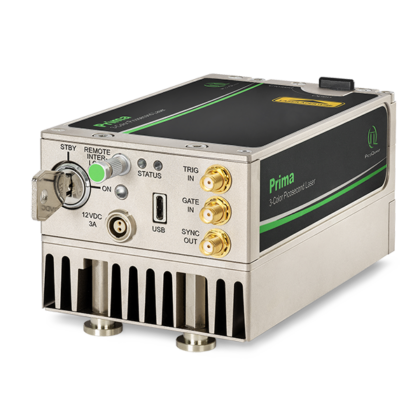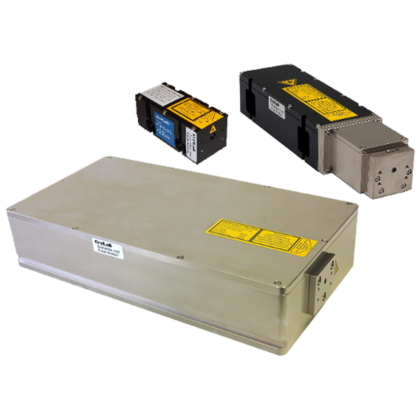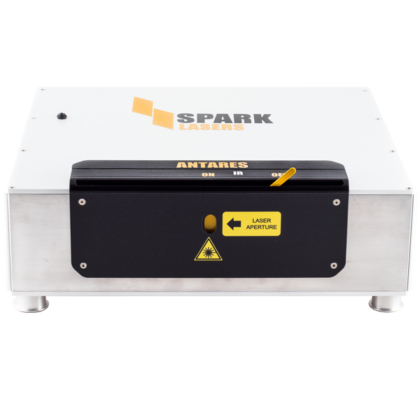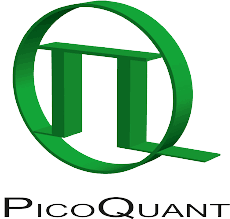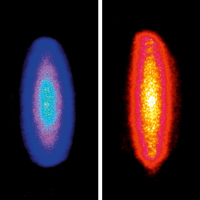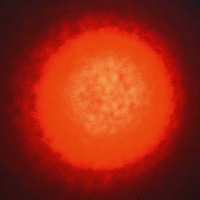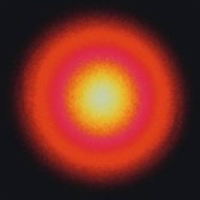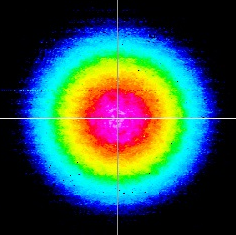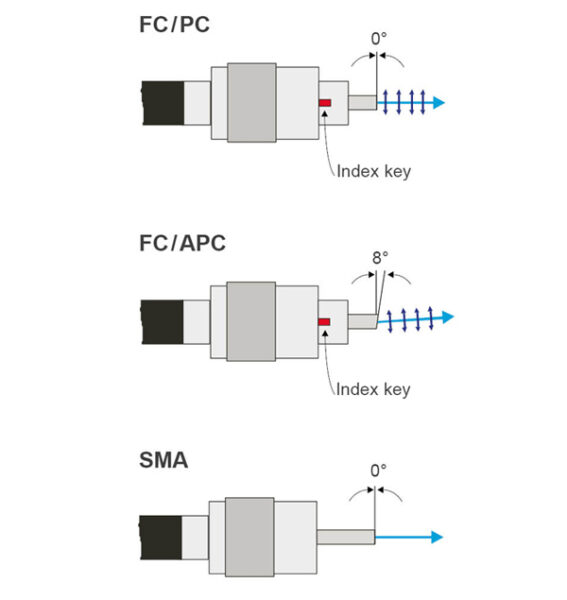Fibre Coupling Solution for any PicoQuant Laser
- Available for all collimated free beam laser sources from PicoQuant (except below 350 nm)
- Various fibre types: multi-mode, single mode and polarisation maintaining single mode
- Various input and output connectors: FC/APC, FC/PC, SMA, High Power Fibre End-caps, others on request
- Typ. 40–60 % coupling efficiency in (polarisation maintaining) single mode fibres
- Typ. 80 % coupling efficiency in multi-mode fibres
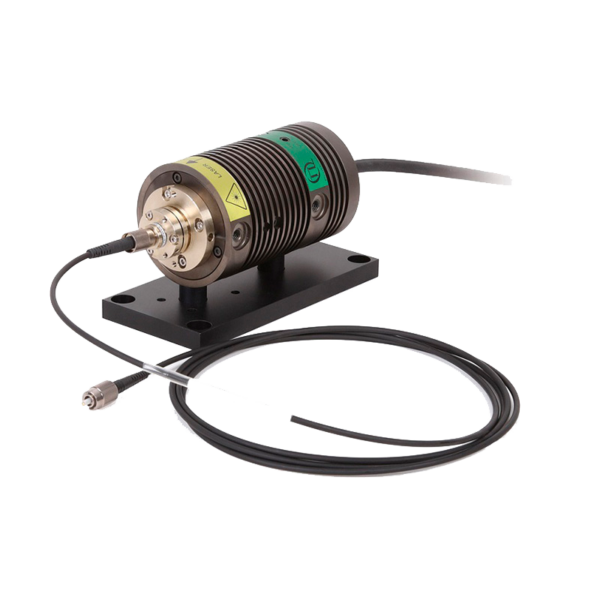

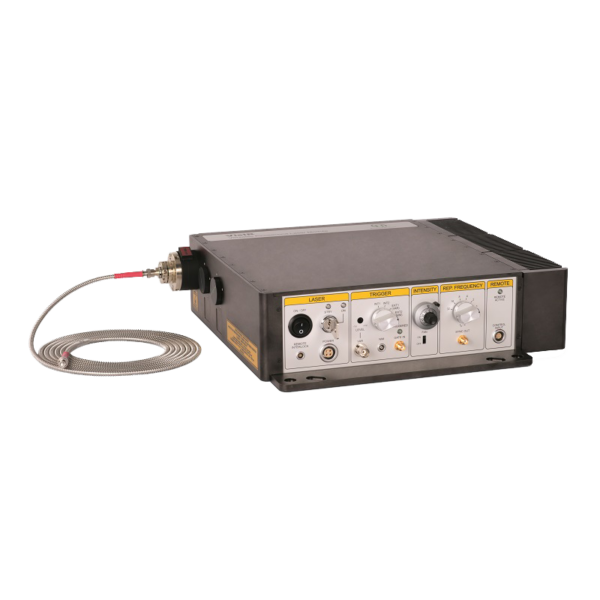
Most laser sources from PicoQuant provide a collimated output beam1, including laser heads from the LDH, LDH-FA, and LDH-IX series as well as the high-powered VisIR and VisUV laser modules. All of these laser sources can be optionally coupled into a variety of optical fibres (such as multi-mode, single mode, or polarisation maintaining single mode) via different connector types. We recommend FC/APC connectors for most applications, since they prevent back reflections that can interfere with laser stability.
Fibre coupling for a laser head from the LDH-FA Series Why fibre coupling?
Coupling the laser beam into a fibre is useful to transport the beam light in a safe manner. But besides the prosaic function of light transportation, fibre coupling has the added benefit of improving the beam quality. For example, the typically elliptical beam shape of a collimated laser diode gets circularised into a round beam at the output of the fibre. Furthermore, coupling the light beam into a single mode fibre or a polarisation maintaining single mode fibre even permits to filter out all side modes of the diode in order to obtain a not only circular but also near TEMoo, gaussian distribution of the beam profile. In fact, for confocal microscopy setups, the coupling of a laser diode head into a polarisation maintaining single mode fibre is nearly a must.
Fibre coupling for a VisIR laser moduleCoupling efficiency
Note that fibre coupling does always lead to a loss in optical output power. The typical coupling efficiencies for elliptical laser diode beam shapes is 40 % for single mode and 80 % for multi-mode. The typical coupling efficiencies for fibre amplified laser beam shapes is 60% for single mode and 80 % for multi-mode in the visible/NIR range. At 355 nm the coupling efficiency in a single mode is typically of 50 %. Below 350 nm no fibre coupling is offered at the moment.
An optional collimator at the fibre output can also be provided upon request.
1 Except for a few butterfly-diode-based laser heads where a FC/APC receptacle is used as output (e.g., LDH-P-F-1030, CPDL-S-F-1060). Some lasers do come with a fixed output fibre by default such as the LDH-P-FA-530B.











